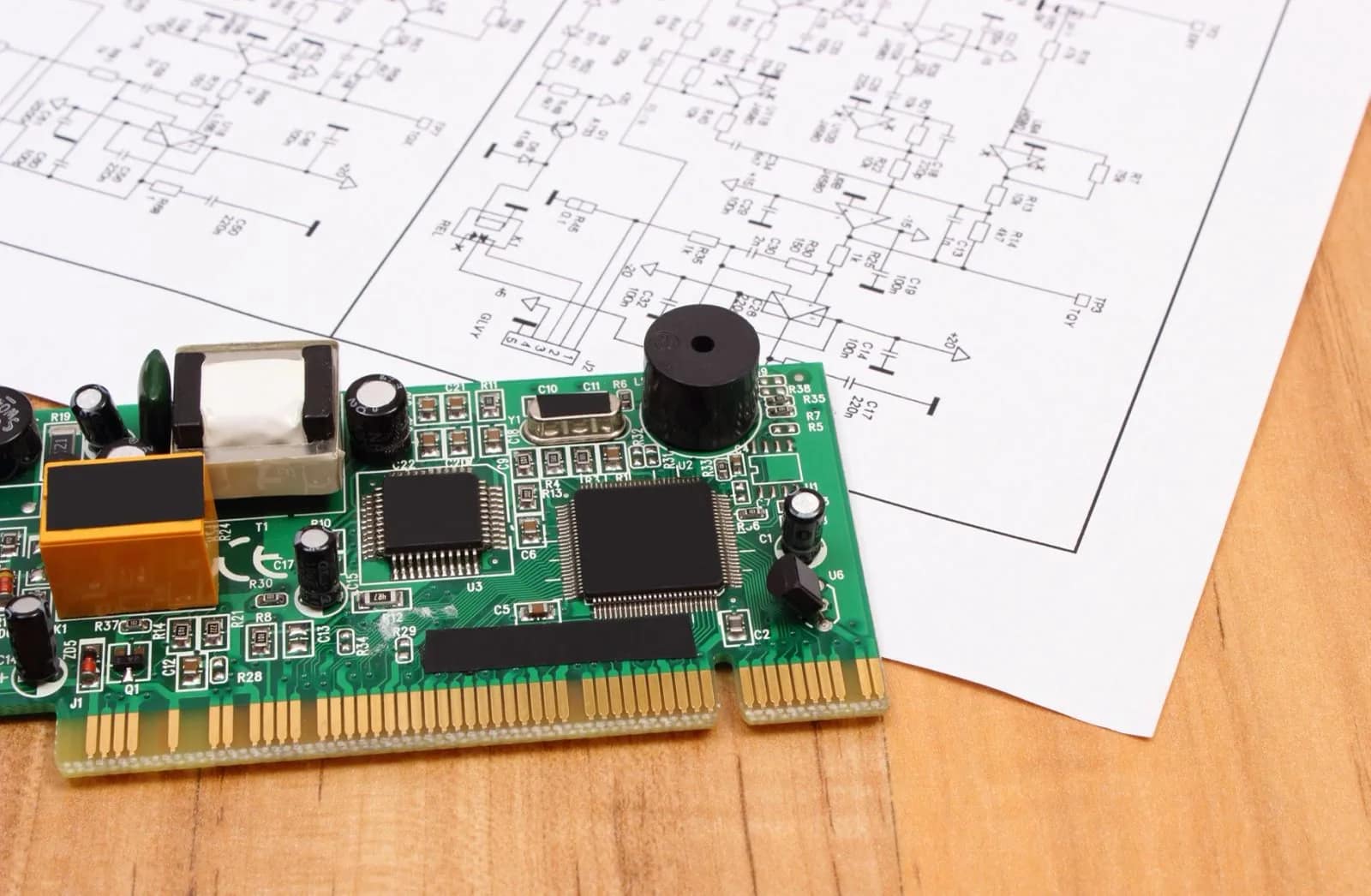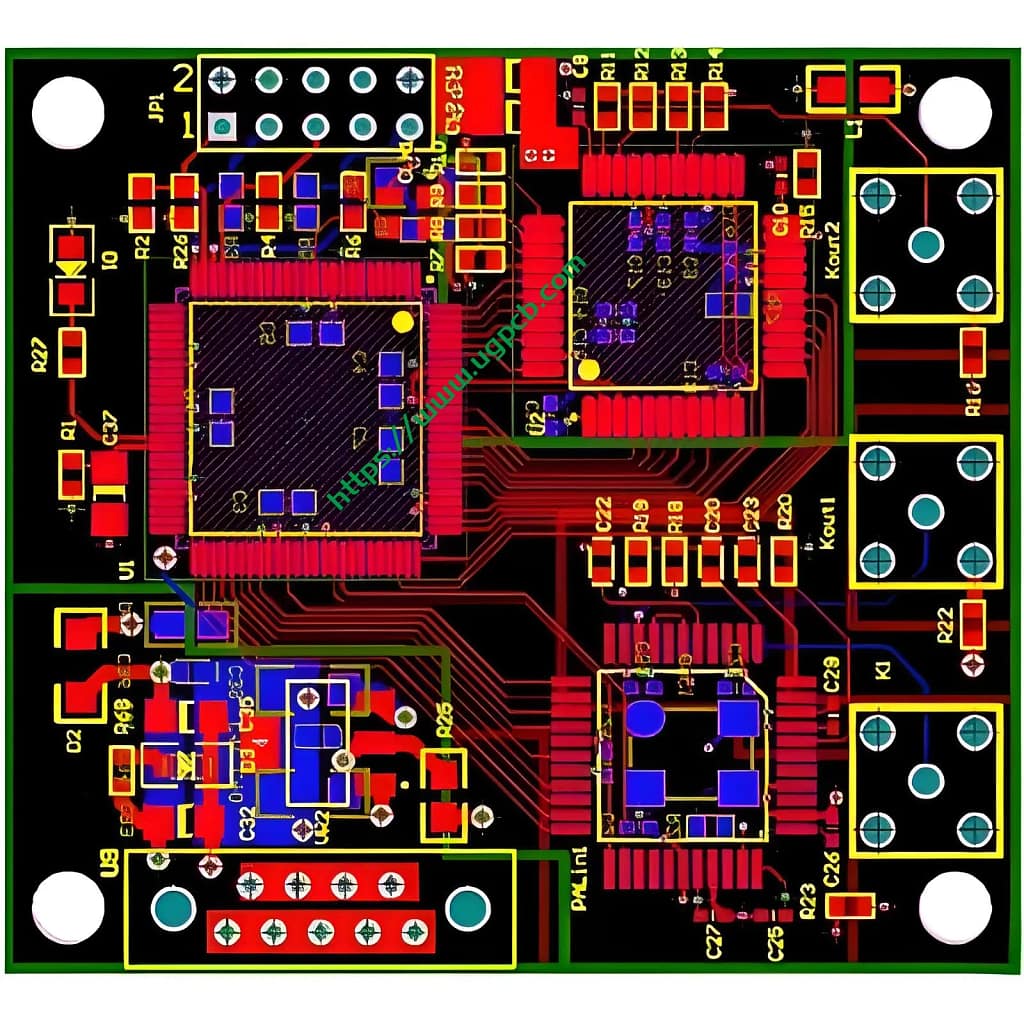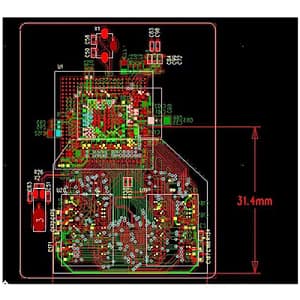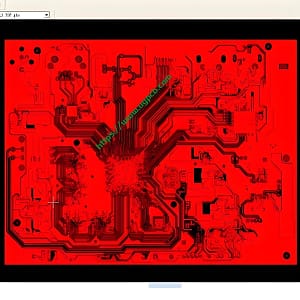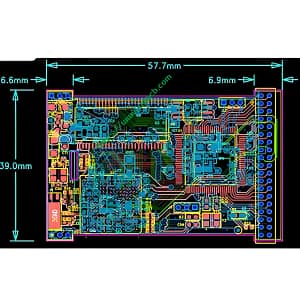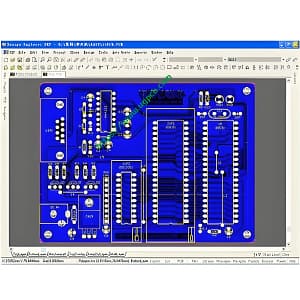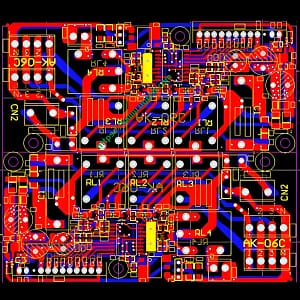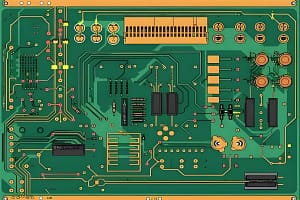Various Names of Circuit Boards
The names of circuit boards are: ceramic circuit board, alumina ceramic circuit board, aluminum nitride ceramic circuit board, circuit board, PCB board, aluminum substrate, high frequency board, thick copper board, impedance board, PCB, ultra-thin circuit board, Thin circuit boards, printed (copper etching technology) circuit boards, etc.
Importance of Circuit Boards
The circuit board makes the circuit miniaturized and intuitive, and plays an important role in the mass production of fixed circuits and the optimization of the layout of electrical appliances.
Types of Circuit Boards
Printed Circuit Boards (PCBs)
Circuit boards can be called printed circuit boards.
FPC Circuit Boards
FPC circuit boards (also known as flexible circuit boards) are a kind of high reliability made of polyimide or polyester film as the base material. They are an excellent flexible printed circuit board with the characteristics of high wiring density, light weight, thin thickness, and good bendability.
Soft-Rigid Board
The birth and development of the flexible and rigid combination board—FPC and PCB, gave birth to the combination of flexible and rigid board this new product. Therefore, the soft-rigid board is a circuit board with FPC characteristics and PCB characteristics formed by combining flexible circuit boards and rigid circuit boards according to relevant process requirements through lamination and other processes.
 UGPCB LOGO
UGPCB LOGO
